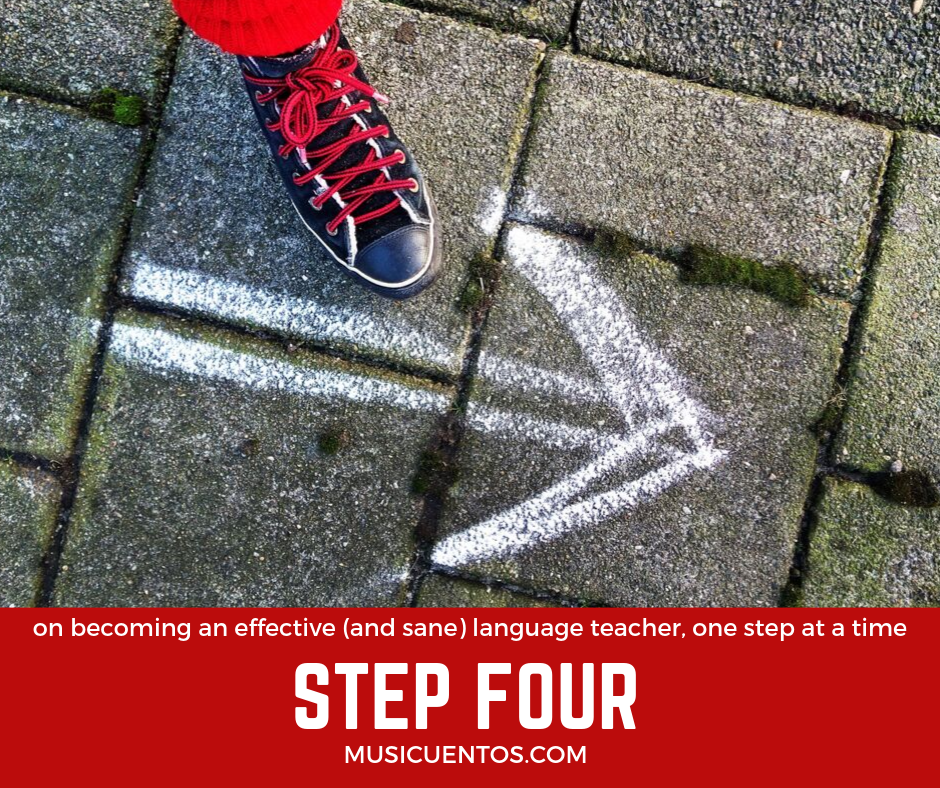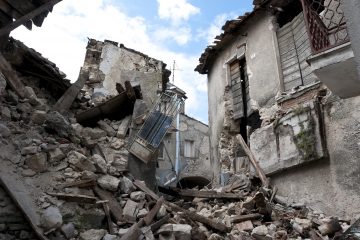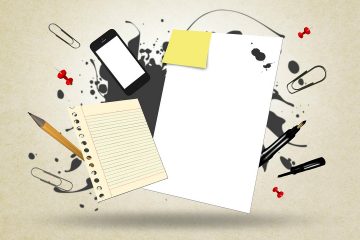So you want to become a better language teacher, and that’s awesome! You’ve laid a good foundation in getting to know some sound research principles involving how people acquire and learn languages thanks to Steve Smith.
You’ve figured out what to expect kids to build as they continue on their journey to being proficient in another language.
You dove in deep to figure out effective assessment (because to get a great beginning, you start at the end).
We’re almost done here. Let’s take a look at the next-to-last step, Step 4. And it’s important.
Watch it – the flame is low.
You’re reading these posts because you are a new or second-profession teacher, perhaps one who got a degree in something else and then an MAT with lots of education classes but little language learning background. That happens a lot. What also happens is that you catch the bug, you drink the koolaid, you see the spark and excitement in your classroom when kids are acquiring language from all the fun things you do that are not page 91 in the textbook and you decide to throw it out the window and create your own journey.
Hold up a minute.
You could be embarking on a journey that is going to at the very least wear you too thin, and at worst will make you hate your job and run to something else, anything else. A long time ago I did a series of posts on burning out or burning bright and I implore you to check out those posts before a journey to build your own curriculum drives you to self-destruct.
Now, once you know you’ve got a grip on making your curriculum (whatever it is) effective without ending up in despair, let’s see step 4.

And step 4 is…
Know that you can create a classroom that uses effective material (lesson plans, bell ringers, activity sheets, whatever). You can use a textbook, but it’s very likely that if you don’t want to, you don’t have to. So when teachers don’t use a textbook, what on earth do they do? I want to use this post to give you some resources to explore when you’re contemplating stepping outside the textbook or even making all your own curriculum.
- First, I’ll direct you to two of my top 10 posts from 2014, Curriculum Planning Outside the Textbook.
- Next, read Maris’s recent post on Deciding on Curriculum.
- Finally, read what some experts have to say on the topic. Ask a question on Twitter and hashtag it #langchat!
All right, have at it! In these posts, you’ll find a wealth of tips on how to make sure you’re using the most effective materials in whatever curriculum you choose to use (or create). Just please, make sure you’re taking care of yourself, as well.
Posts in this series:
- Step 1: Lay your foundation.
- Step 2: Get to know the proficiency levels.
- Step 3: Know what effective assessment looks like.
- (this post)



